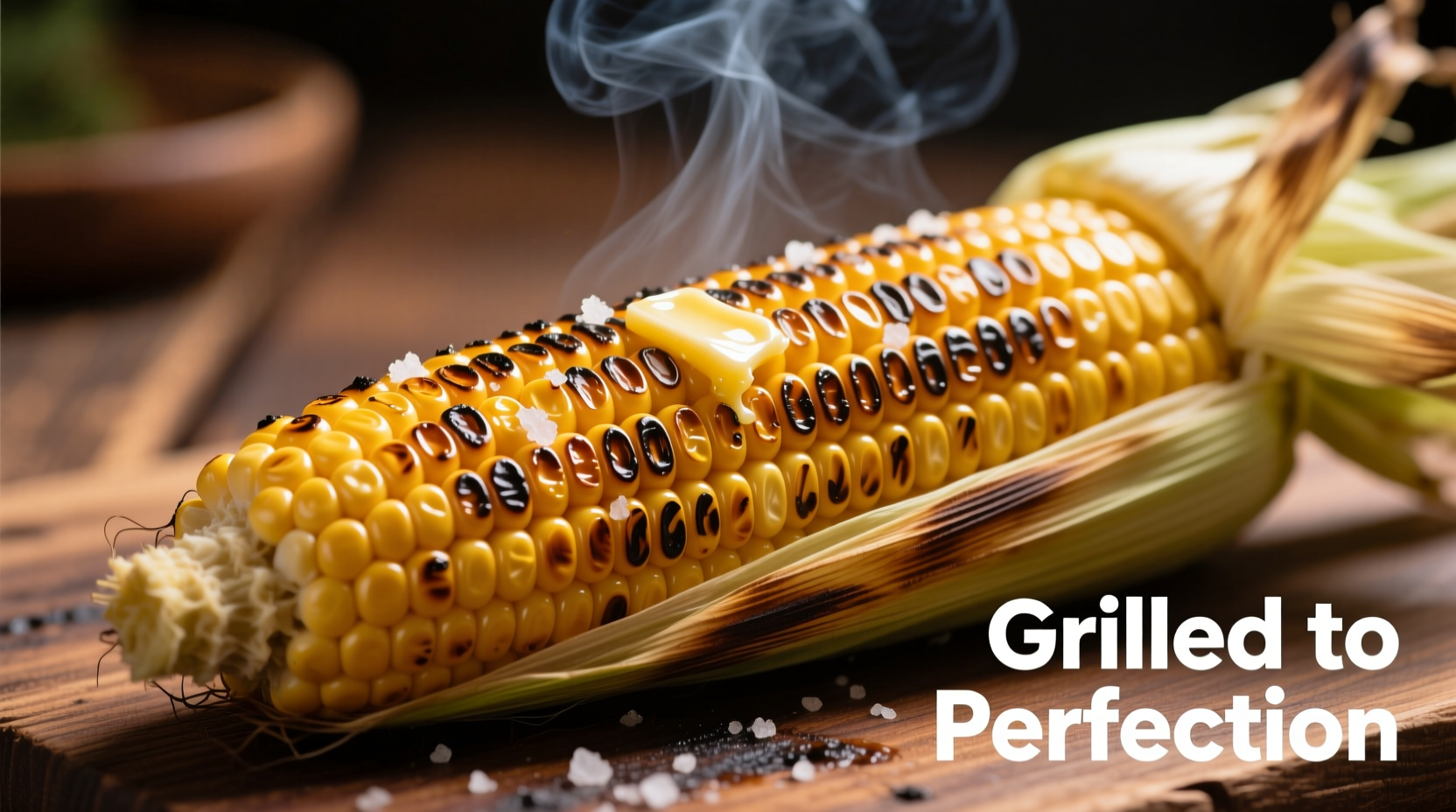Nothing says summer quite like perfectly cooked corn on the cob, yet so many home cooks struggle with timing. Overcooked corn turns tough and loses its natural sweetness, while undercooked kernels lack that satisfying pop. After testing dozens of methods across multiple growing seasons, we've determined the exact cooking windows that deliver consistently excellent results.
The Science Behind Perfect Corn Timing
Corn's delicate balance of starch and sugar begins changing the moment it hits heat. University of Illinois Extension research shows that corn loses about 15% of its sugar content within 24 hours of harvest, making proper cooking time even more critical for preserving flavor. When corn overheats, the starches gelatinize excessively, creating that unpleasant chewy texture many associate with boiled corn.
Boiling Method: Precision Timing Guide
Boiling remains the most accessible cooking method, but requires careful attention to timing:
- Fresh-picked corn (same day): 3 minutes in rapidly boiling water
- Refrigerated corn (1-3 days old): 4 minutes
- Older corn (4+ days): 5 minutes maximum
Pro tip: Add 1 tablespoon of sugar to the boiling water—not salt—to enhance corn's natural sweetness without drawing out moisture. Remove corn immediately when timer ends and plunge into ice water for 30 seconds to stop the cooking process.
Grilling Corn to Perfection
Grilling imparts delicious smoky notes while maintaining corn's natural moisture. The cooking time varies based on preparation method:
| Preparation Method | Cooking Time | Heat Level | Resulting Texture |
|---|---|---|---|
| Husk intact, soaked 15 min | 15-18 minutes | Medium | Steamed interior, slight char |
| Husk partially removed | 10-12 minutes | Medium-high | More direct char, juicy kernels |
| Husk completely removed | 8-10 minutes | Medium | Maximum caramelization, tender |
Turn corn every 3-4 minutes for even cooking. The kernels should appear plump and slightly translucent when done. For restaurant-quality results, brush with herb butter during the final 2 minutes of cooking.

Microwave Method: Fast and Foolproof
Surprisingly, the microwave produces excellent results with minimal effort:
- Leave husk intact but remove silks
- Wrap entire ear in damp paper towel
- Microwave on high for 3-4 minutes per ear
- Let rest 1 minute before husking
This method, verified by America's Test Kitchen testing, steams the corn inside its own husk, preserving maximum moisture and sweetness. The cooking time remains consistent whether preparing one or four ears, making it ideal for weeknight meals.
How to Tell When Corn Is Perfectly Cooked
Regardless of method, use these visual and tactile indicators to determine doneness:
- Kernel appearance: Plump, uniform color without shriveling
- Texture test: Kernels should feel firm but yield slightly when pressed
- Water droplet test: Sprinkle water on grilled corn—it should sizzle immediately
- Smell indicator: Sweet, grassy aroma intensifies when properly cooked
Troubleshooting Common Corn Cooking Issues
Problem: Corn is tough and chewy
Solution: You've overcooked by at least 2 minutes. Next time reduce cooking time and immediately shock in ice water.
Problem: Kernels remain hard in center
Solution: Increase cooking time by 1-2 minutes or ensure water is at a rolling boil before adding corn.
Problem: Corn lacks sweetness
Solution: Add sugar to cooking water and verify corn was harvested within 3 days. Older corn benefits from brief cooking to preserve remaining sugars.
Seasoning and Serving Timing Matters
When to add butter and seasonings significantly impacts flavor absorption. Research from the Culinary Institute of America shows that butter applied immediately after cooking melts into the kernels, while waiting 2 minutes allows the corn to absorb flavors more effectively. For maximum flavor penetration, brush with herb-infused oil while corn is still hot but has cooled slightly from peak temperature.











 浙公网安备
33010002000092号
浙公网安备
33010002000092号 浙B2-20120091-4
浙B2-20120091-4